Content

Well Water Treatment Solution
Update: 05/07/2022
Share:




Simple ways to treat well water effectively include using lime, stove ash, chlorine chemicals, or using a filter column to clean the water. To help you apply these methods, we share information in the article below.
.jpg)
Simple ways to treat well water effectively
1. Use of stove ash
Stove ash containing K2CO3 will react with Fe during hydrolysis to form a precipitate. The Fe2CO3 forming substance will settle at the bottom of the container. Therefore, using stove ash is a simple and effective way to clean well water.
.jpg)
The advantage is low cost, almost no money is spent. This natural method is not harmful to health. The only drawback of this method is the long waiting time. This method is a temporary solution and it is difficult to completely reduce the iron content in the water. Therefore, using a household iron removal water treatment system will be safe and eliminate all disadvantages.
2. Use of lime to treat well water
The main component of lime is CaCO3, which functions to increase the pH of water, making iron precipitate faster. This substance is recommended for use in aquaculture. However, treating turbid well water with lime also yields surprisingly effective results.
Method: Use 50g of lime diluted in 1m3 of well water that needs to be filtered. Then, filter the water for use.
.jpg)
3. Chlorine chemicals
For households, using Cloramin B to treat well water is no longer unfamiliar. Chlorine household water treatment chemicals are manufactured in tablet form with various concentrations. A 0.25g Cloramin B tablet can disinfect about 25 liters of water.
4. Treating well water with a total filtration system
The total filtration system is used in industry and households. This system uses materials such as sand, gravel, activated carbon, etc., to treat wastewater. This method is suitable for water sources with high levels of pollution. It is especially effective and reliable.
.jpg)
Specialized water filtration systems can filter out chemicals, metals, and impurities in water. They are provided with a more compact system than traditional filter tanks. They are also more flexible in transportation, simple to operate, and do not require too much time or effort to install. Moreover, the cost is not too high, and the operational lifespan is long.
Currently, for water filtration systems for companies, factories, or large industrial production zones, they are combined with an oxidation tower to more effectively treat iron-contaminated water sources. After passing through the well water filtration device, to the oxidation tower, they will precipitate with iron and be retained in the filter material. Clean water is separated and discharged.
Treatment process for well water through total filtration system
For small-scale household models, the process is simpler than industrial-scale processes. And a process to filter household well water includes the following basic steps:
Step 1: Pump water into the system
Well water, after being pumped up, will be fed into the filtration system. It will separate the dissolved iron metals in the water through the oxidation tower. Then flow down to the rough water separation tank.
Step 2: Water into the material layer
In step 2, it will pass through various water filtration materials such as gravel, quartz sand, birm, manganese sand, pH raiser,... Depending on the water pollution level, the filtration materials will be appropriately adjusted.
.jpg)
In this step, water will be rid of suspended impurities. Heavy metal ions will be removed by catalytic materials such as manganese sand, birm, manganese Greensand. They will form precipitates and be retained, separating clean water down to step 3.
Step 3: Eliminate smell, color, and organic matter
This step is to treat and remove odors, colors, and organic pollutants in water. Activated carbon in this layer will effectively clean the water due to its characteristic properties.
Step 4: Soften water
Softening water by exchanging cation ion particles helps remove Ca2+, Mg2+ ions to make the water soft.
The water is then sent to a clean water tank to ensure usage needs.
Notes on cleaning well water
However, note the well water treatment that water filtration system manufacturers grasp and address. Therefore, a few small notes to guide you to have a good well water treatment system are:
- Buy and use filtration materials from reputable sources to ensure quality.
- Use a water filtration system suitable for the pollution status of the well water at the location of use.
Install a well water treatment system suitable for usage needs. Prioritize choosing reputable companies like Toan A. They provide quality water treatment solutions, a variety of residential to industrial systems. And are trusted by many leading businesses. Contact Toan A via hotline: 0913.543.469 today for advice from experts.
Update: 05/07/2022
Share:














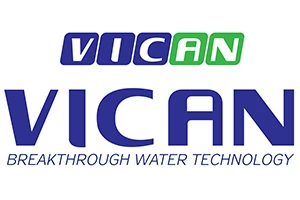






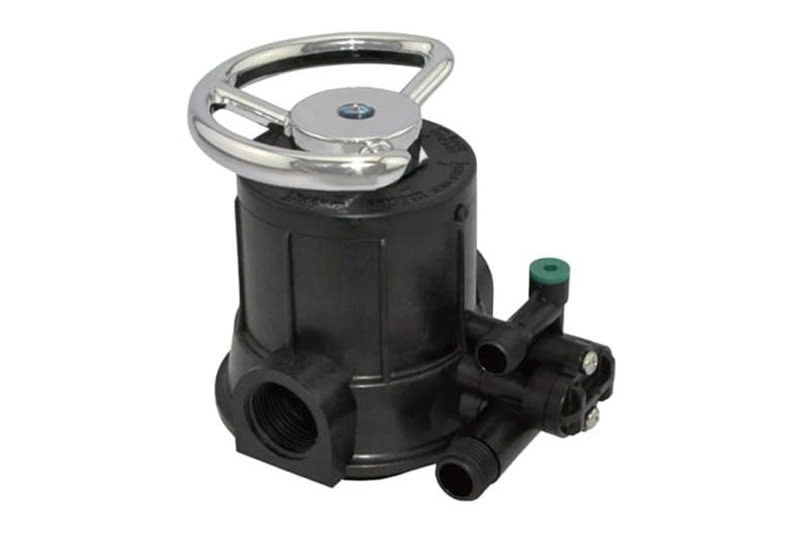
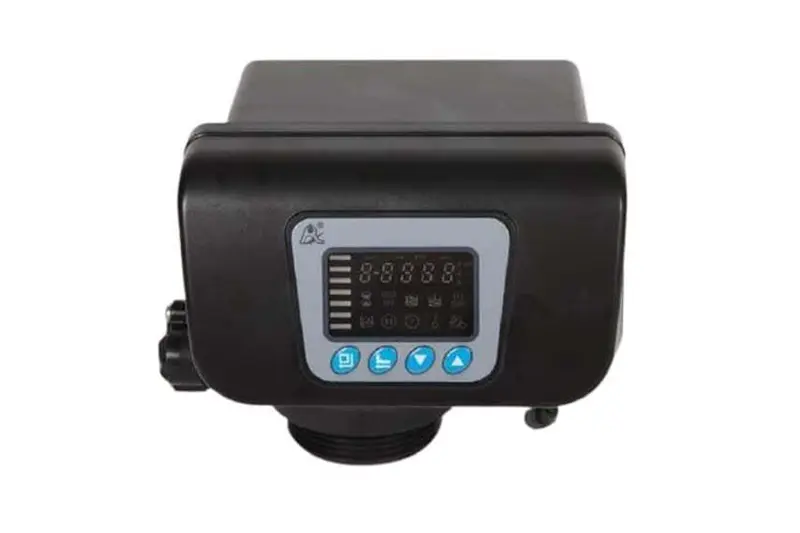




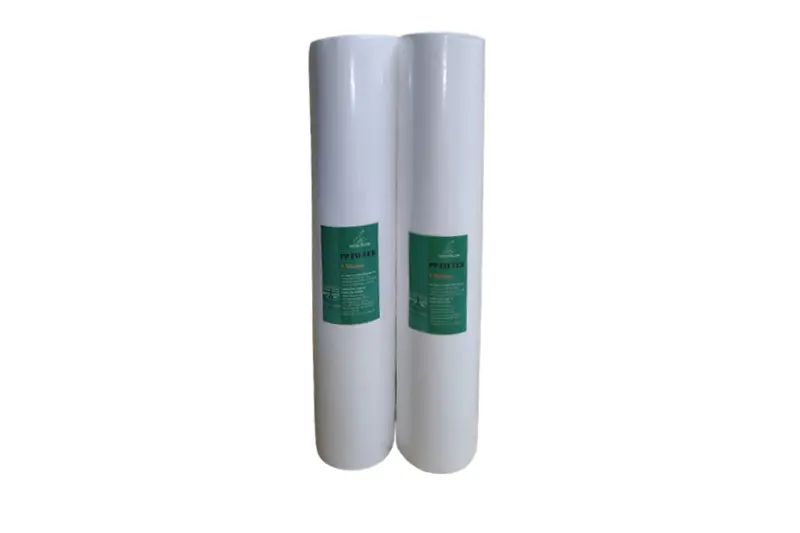



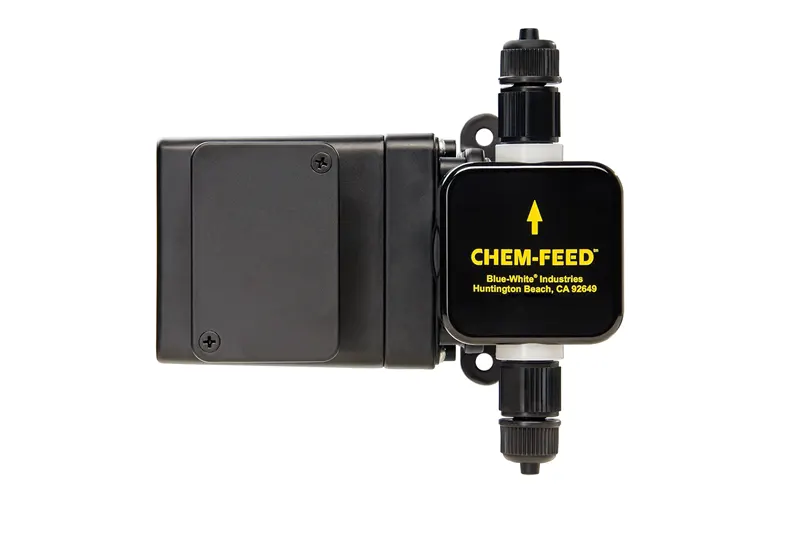
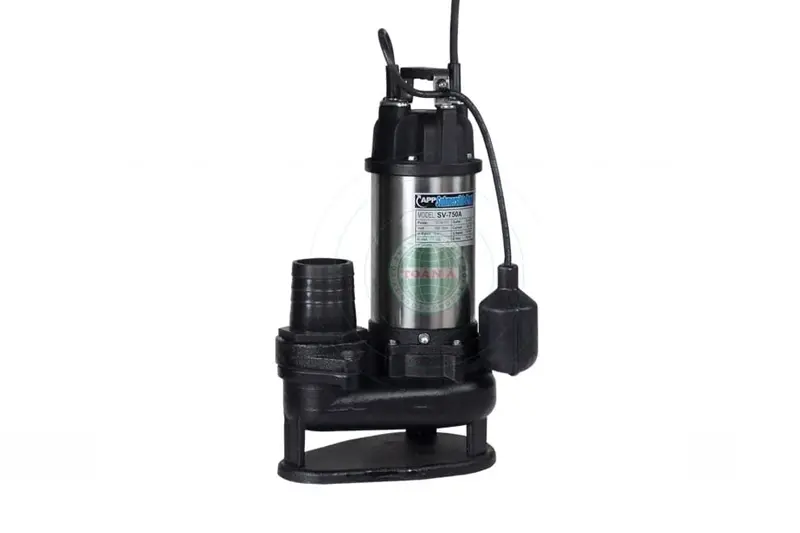



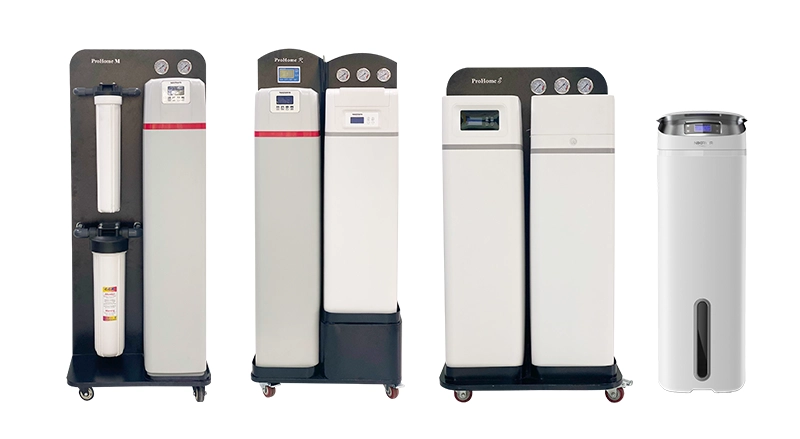
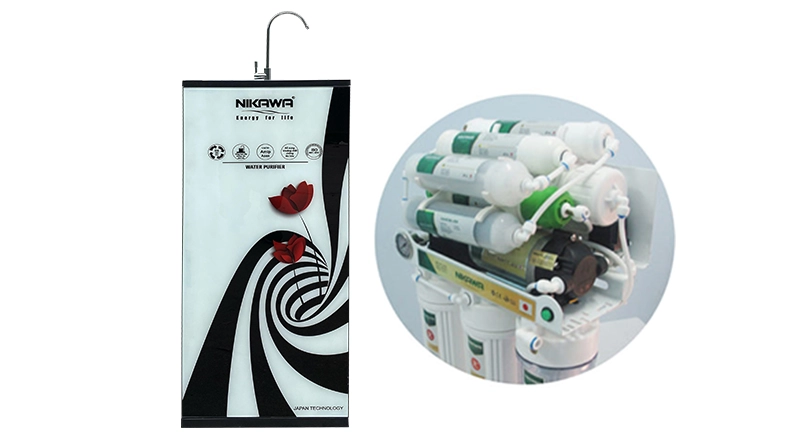
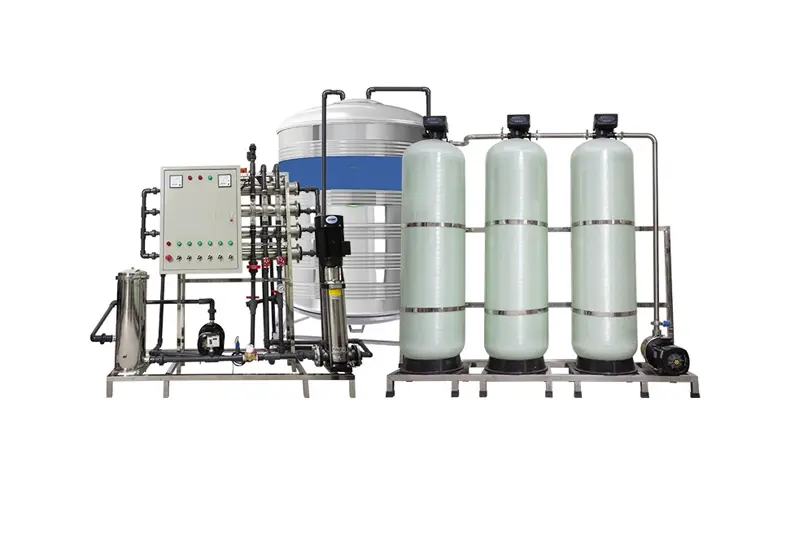
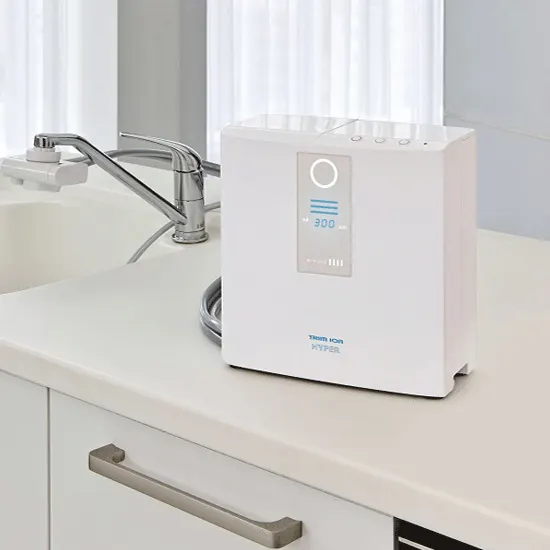
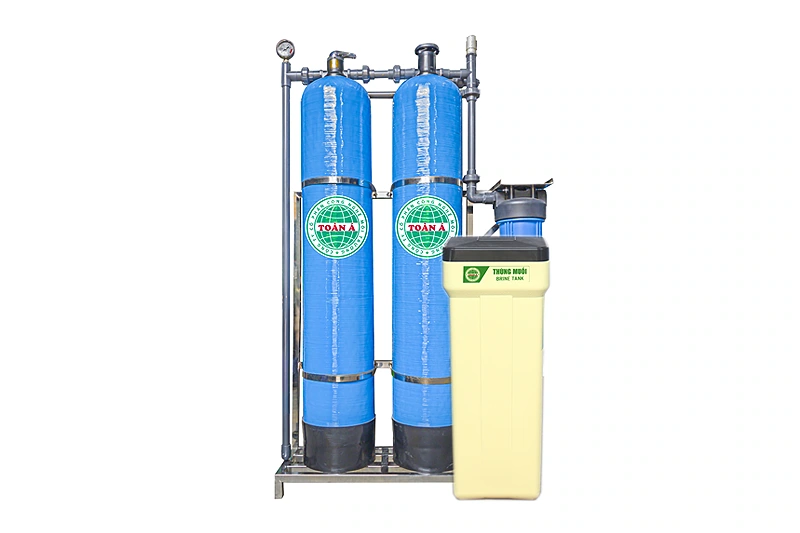


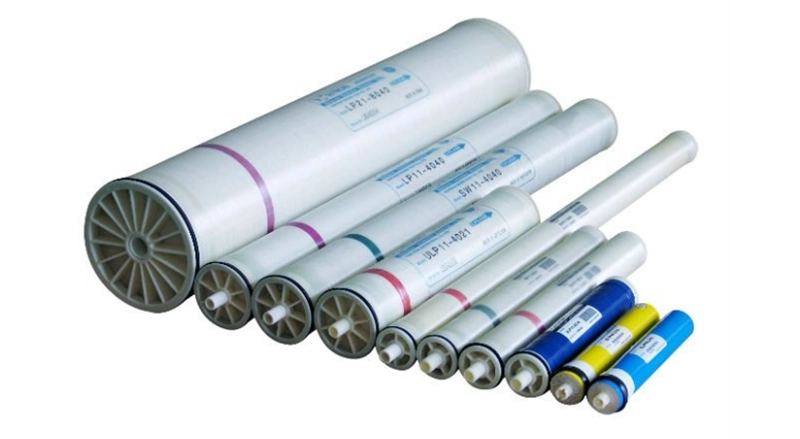
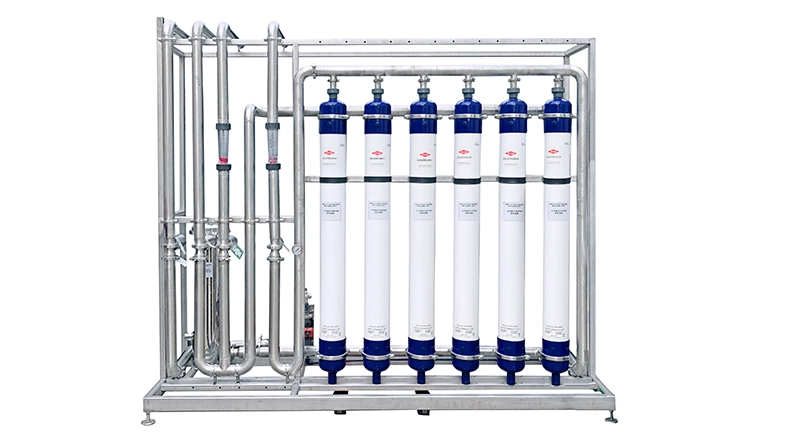


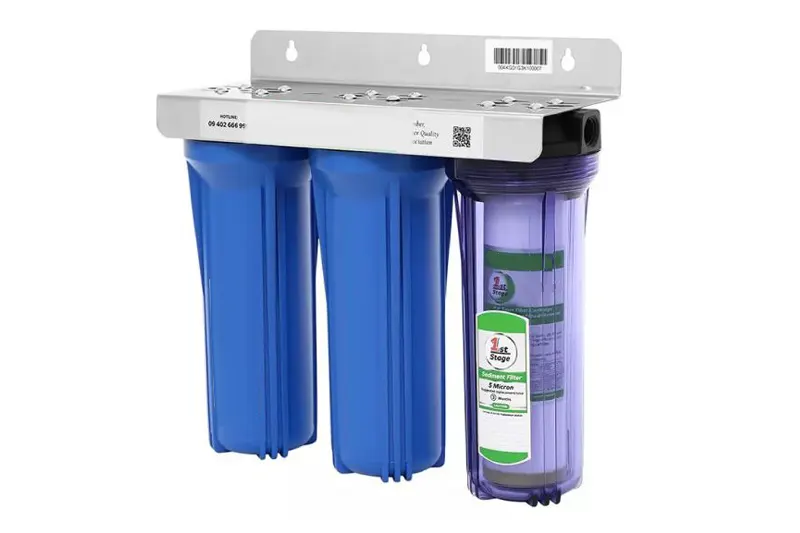

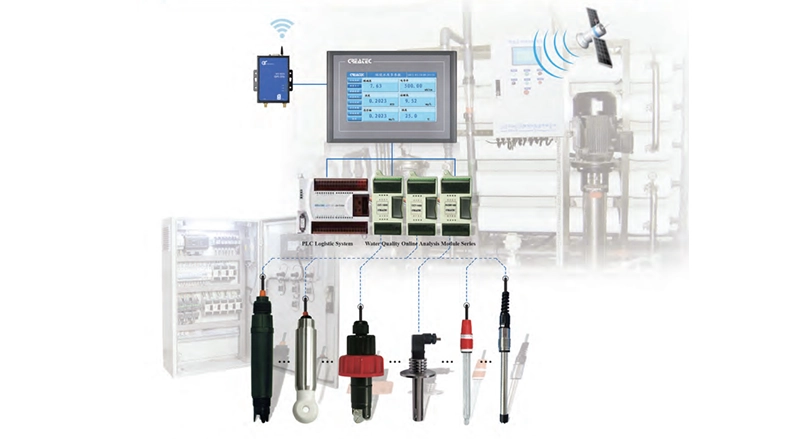
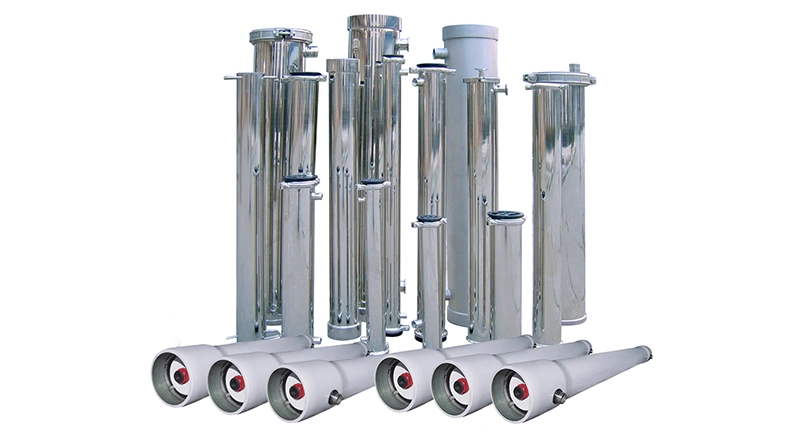
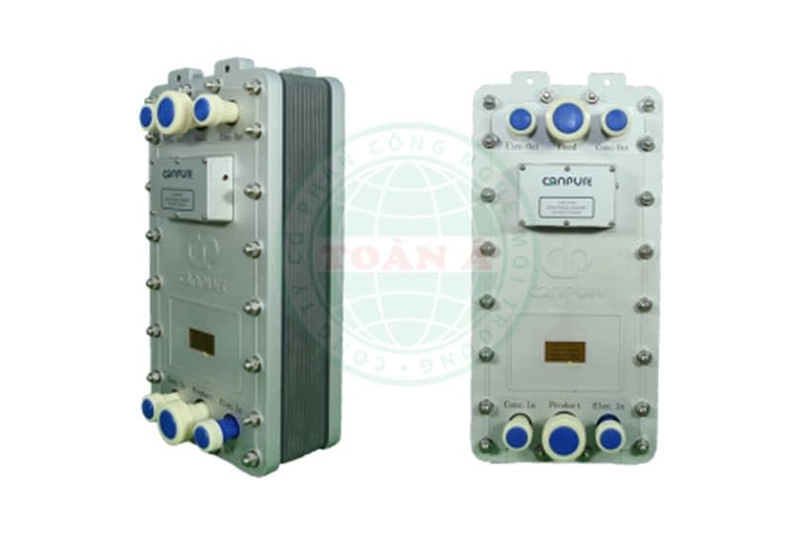
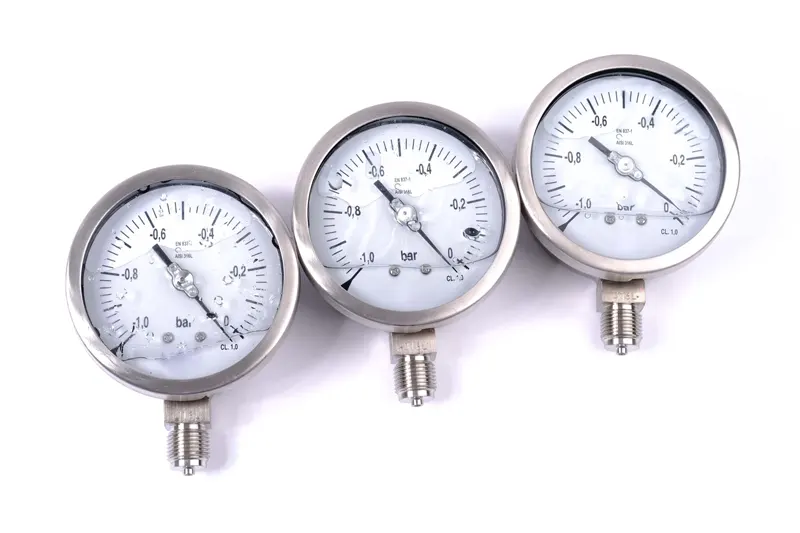
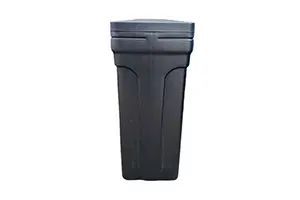


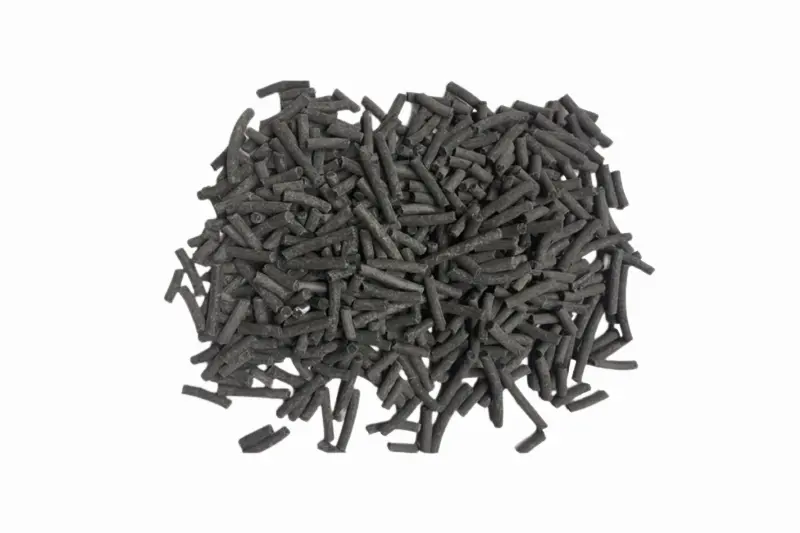
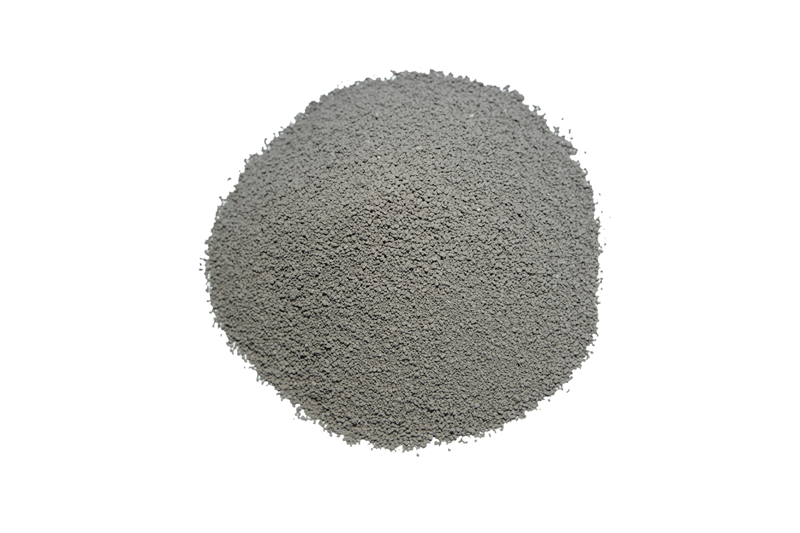
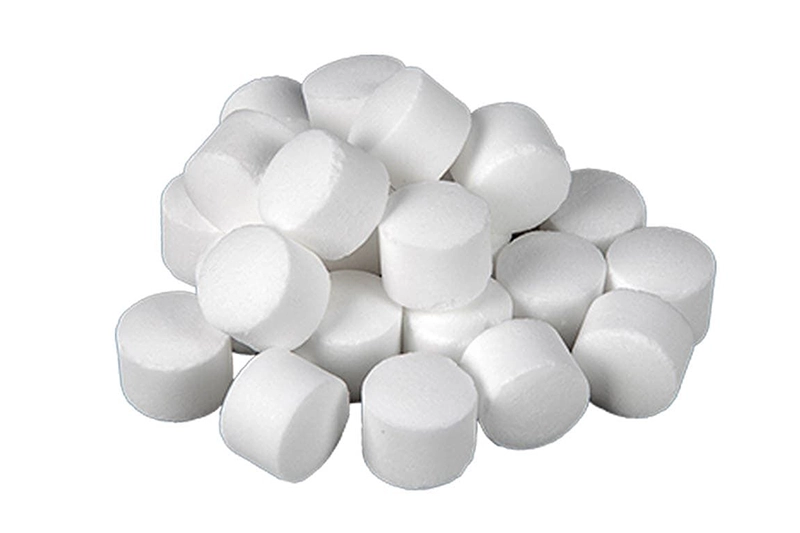
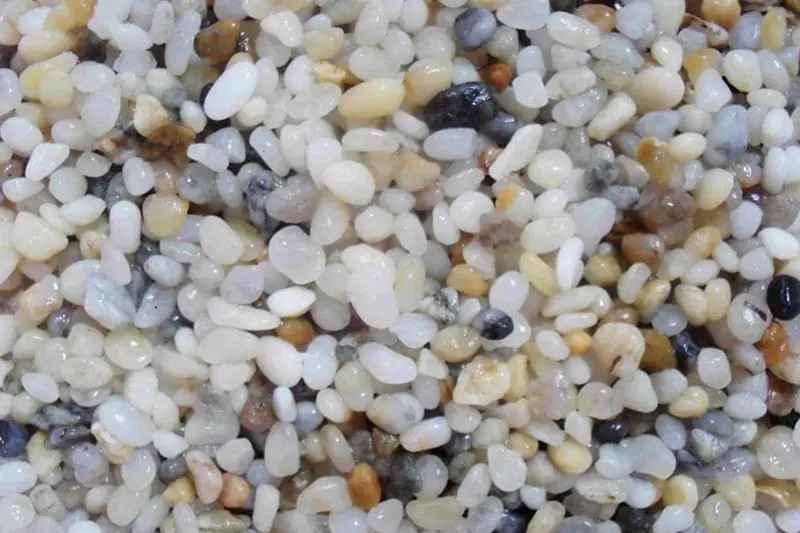
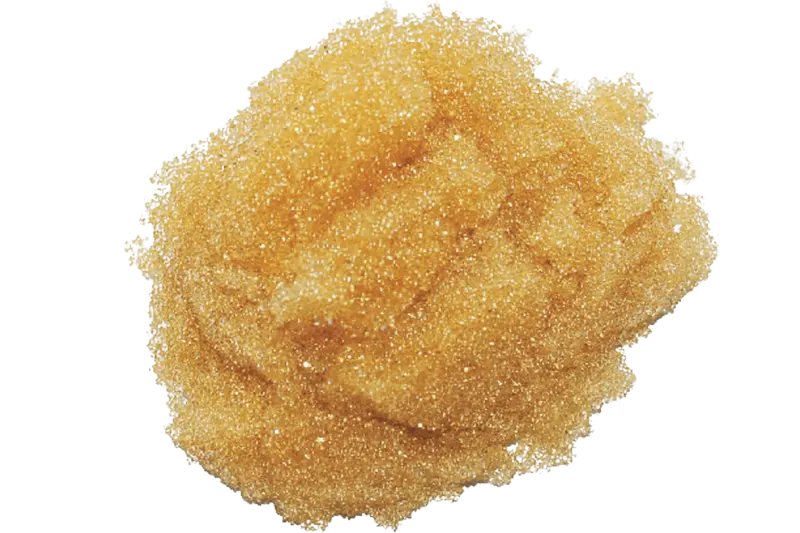











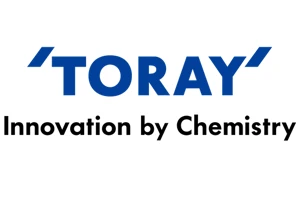

 Water Filter Columns
Water Filter Columns
 Water Filtration Membranes
Water Filtration Membranes
 Control Valves
Control Valves
 Water Filter Cartridges
Water Filter Cartridges
 Water Pumps
Water Pumps
 Water Filtration Equipment
Water Filtration Equipment
 Water Filtration Components
Water Filtration Components
 Water Filtration Materials
Water Filtration Materials
 Heat Pump Water Heaters
Heat Pump Water Heaters



 Products
Products  Solutions
Solutions  Project
Project  News
News